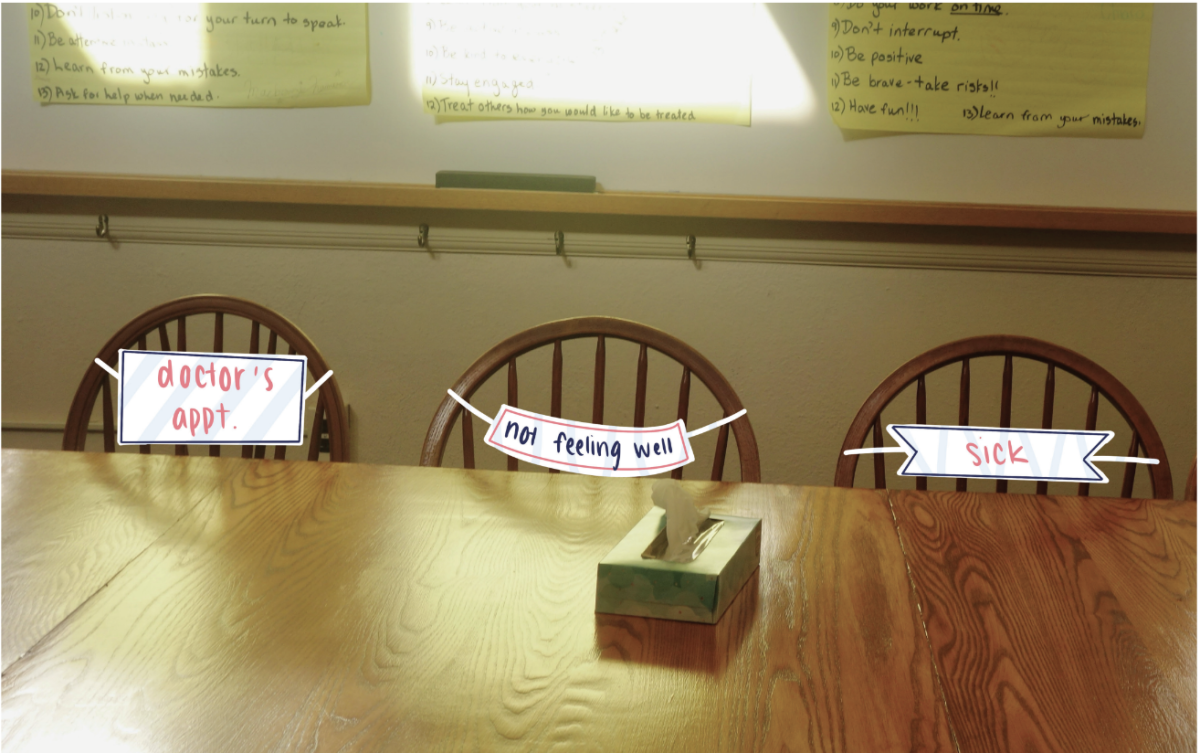A Four-Day Workweek
The potential benefits of a schedule reform
Should we switch to a four-day work and school week? Recent years have seen increasingly prevalent discussion about this idea.
Multiple studies, including one done by The Association for Sustainable Democracy, have shown that the schedule produces a far healthier work-life balance. According to DW NEWS, most of the Nordic countries, as well as Scotland, Germany, Japan, and others have already changed to the perspective that Monday through Thursday is a full workweek.
According to a Change article, Norway, Germany and the Netherlands are some of the most productive countries in the world, despite the diminished work hours.
With that being said, there are a lot of obstacles in implementing a four-day workweek. This schedule is not feasible for every profession, and many companies have reservations about its impact on productivity.
Ms. Ameisen, Baldwin’s psychology teacher, recounted a Perpetual Guardian study cited in Human Resource Management about the four-day workweek. The study found that the four-day workweek did not cause a decline in productivity. People reported feeling more focused and enjoying their jobs more, and participants showed up to a 45% decrease in stress levels.
The study also found that a four-day workweek reduces stress in not only work-related activities but in private life as well. Consequently, this resulted in less virus-spread sickness and even increased longevity.
Ms. Ameisen said, “That is a really significant thing.”
The schedule could also be beneficial in reducing gender inequality in the workplace. Women with children often have to drop out of school or quit work to support their families. The Women’s Equality Office found that around 2 million British people are not employed due to their childcare responsibilities and about 89% of those caretakers are women. Because the four-day workweek is more manageable for these women, the switch would help reduce the gender gap, especially in industrialized countries.
In the current state of the world, which is rebuilding after the pandemic, we have all already had to go through the process of adapting to new schedules. Although working or learning remotely was hard for some, it did generally create more flexibility during the day. As a result, many employees are continuing to work remotely.
Remote working could make an easier transition to a four-day workweek possible. Due to computer fatigue, it might be even more necessary.
When asked about implementing the four-day workweek into education, Ms. Ameisen said, “I would love to see it!” However, she added that, “If it goes into education, teachers would have to adapt their curriculum.”
From a student perspective, many agree that changing to a four-day school week would lower their stress levels. Caroline Fenton ‘25 said that during the school year, she finds it “very difficult to prioritize things like sleep and mental wellbeing.”
Fenton also said she is often “not able to set aside time for [her] hobbies,” and “the two-day weekend is not always enough to get ahead on schoolwork.”
Although Ms. Ameisen thinks the switch is definitely doable, change is no small task. If we want to turn to a four-day school week, we must figure out how teachers can fit in all their lessons.
Notably, Ms. Ameisen does not think longer school days are the answer. Instead, she discussed how some schools have a year-round school year with more spread-out breaks, a solution that does help prevent burnout.
Ms. Ameisen said, “It would take years for America to adapt to something like that.”
As studies continue to reveal the costs and benefits of a four-day workweek, only time will tell if we are willing and able to implement such a drastic change to our daily schedules.

































Avani Shah-Lipman | Dec 17, 2021 at 10:21 am
OMG I love!!! You’re so amazing <3